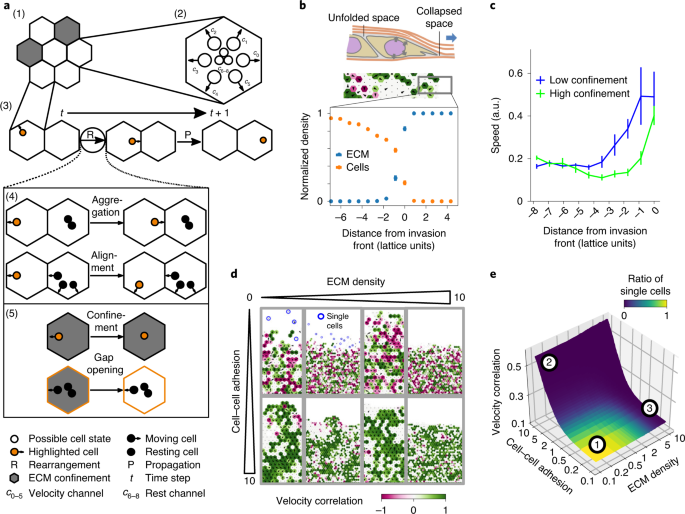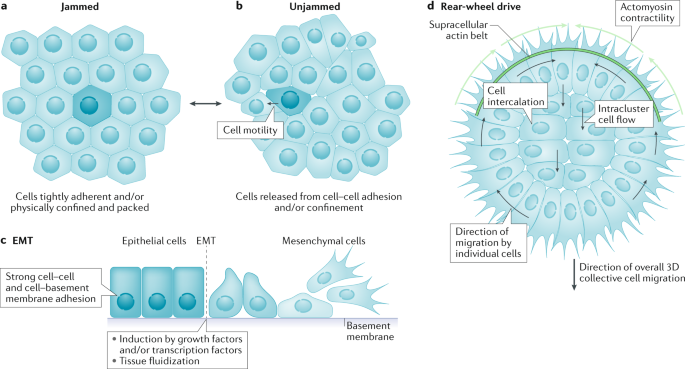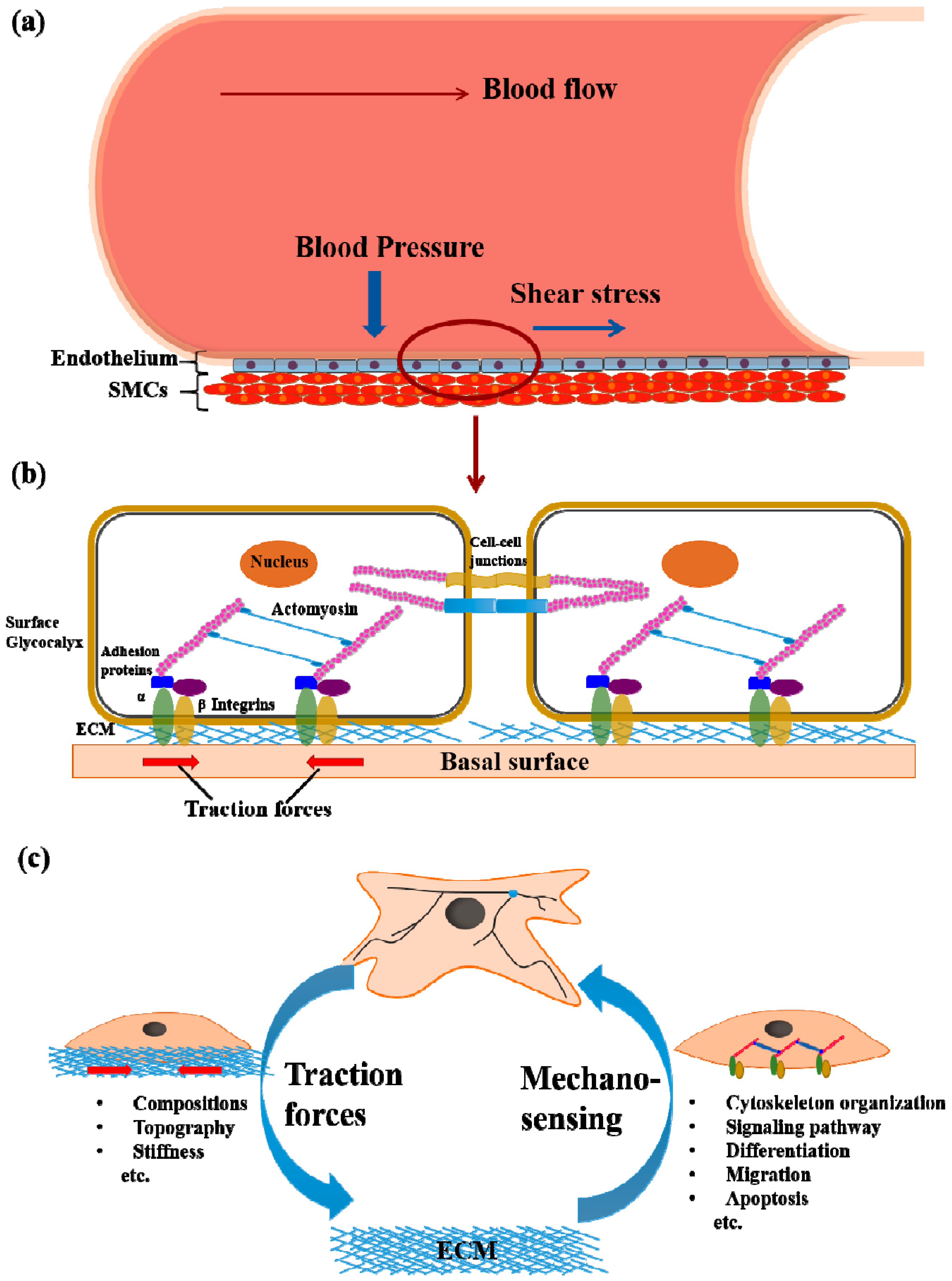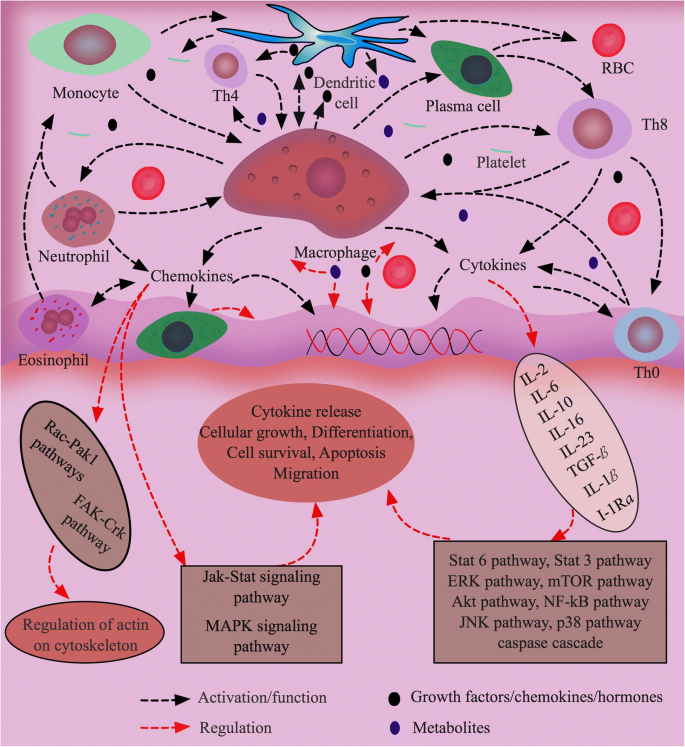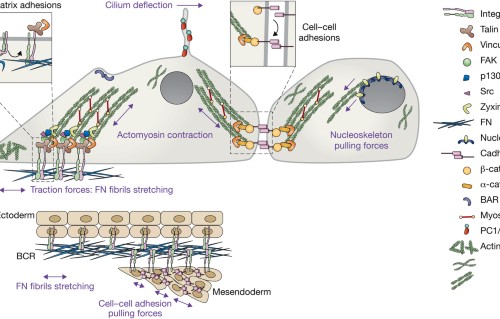2d And 3d Cell Cultures A Comparison Of Different Types Of Cancer Cell Cultures

2d and 3d methods in co culture systems a tumour is a mass composed of multiple cell types 60.
2d and 3d cell cultures a comparison of different types of cancer cell cultures. Cell culture is a widely used in vitro tool for improving our understanding of cell biology tissue morphology and mechanisms of diseases drug action protein production and the development of tissue engineering. Co culture of epithelial scc 25 red and fibroblast msu 1 1 green cell lines scale bar. The main requirement from 2d to 3d cell cultures is to keep the cellular environment controlled and standardized as much as possible. Different types of 3d cultures can be made including reaggregate or sphere cultures hydrogel scaffold cultures rotary bioreactor cultures with cell aggregates or microcarriers as well as.
Meanwhile 3d cell culture systems feature increased complexity for increased faithfulness to the in vivo environment. The importance of mass and nutrients transport while culturing 3d cell cultures. To do so it is important to provide enough nutrients and o2 to cells and to remove the waste products produced by the cells. Most research regarding cancer biology is based on experiments using two dimensional 2d cell cultures in vitro.
Most research regarding cancer biology is based on experiments using two dimensional 2d cell cultures in vitro however 2d cultures have many limitations such as the disturbance. In some cases the use of a 2d culture system is enough but 3d will be used more frequently in the future due to improvements to automation and cost reductions. 3d cell culture simple inexpensive and reproducible traditional or 2d cell culture is the mainstay of biological research. Besides cells in 2d cultures due to the lack of cell cell and cell matrix interactions grow and behave differently from those growing in vivo in three dimensions.
2d cell cultures have been used since the early 1900s. Cell culture is a widely used in vitro tool for improving our understanding of cell biology tissue morphology and mechanisms of diseases drug action protein production and the development of tissue engineering. Therefore 2d cultured cells upon the treatment by adcs may respond differently from the same type of cells in vivo. In recent years 3d cell culture techniques have received much attention from scientists as these might provide more accurate models of tissues.
Here we will explore the differences between the two types of cell cultures and explain why 3d cell culture systems are becoming so popular.


